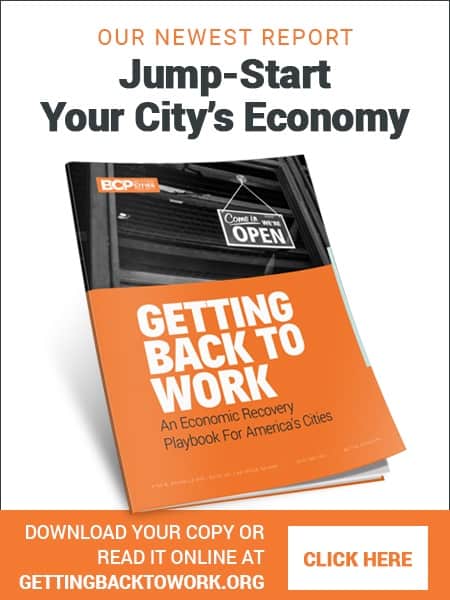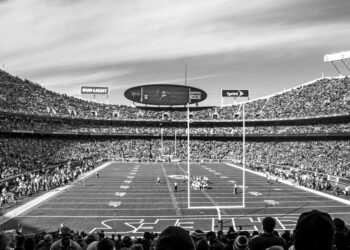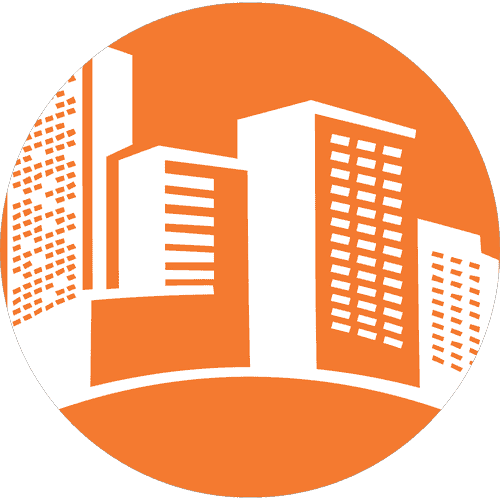The movement’s roots go back to the mid-20th century as a response to the failings of modernist urban planning, which often resulted in disconnected suburbs. Early successes like Seaside in Florida and Battery Park City in New York illustrated how traditional design principles could revitalize urban areas and create vibrant, livable communities. These projects highlighted the importance of human-scale development and mixed-use neighborhoods.
New Urbanism addresses the housing crisis by encouraging urban infill development—transforming underutilized urban spaces into mixed-use, pedestrian-friendly areas. This not only increases housing supply but also preserves rural lands and reduces environmental impact. For example, car-free neighborhoods like the one in Tempe, Arizona, show how eliminating parking can create more communal and green spaces, enhancing quality of life while reducing carbon emissions.
Moreover, New Urbanism’s focus on diverse housing types, such as accessory dwelling units (ADUs) and “missing middle” housing (duplexes, fourplexes), can boost housing affordability. Reforming zoning codes to allow these developments can quickly increase housing stock without extensive new infrastructure. Several states have already adopted such reforms to ease housing production and reduce regulatory barriers.
However, implementing these ideas is not without challenges. Entrenched zoning laws and community resistance are significant obstacles. Critics often raise concerns about increased density and changes to neighborhood character. Yet, given the urgency of the housing crisis, with rising rents and home prices, bold and innovative solutions are necessary. For instance, Seattle’s “Alternative 6” proposal advocates for higher density zoning citywide, paired with incentives for affordable and green building projects, aiming to create equitable, sustainable neighborhoods.
New Urbanism offers a compelling framework for reimagining urban spaces to meet contemporary housing needs. By drawing on time-tested principles and adapting them to modern contexts, cities can create resilient, inclusive communities that address the housing shortage while enhancing urban living









